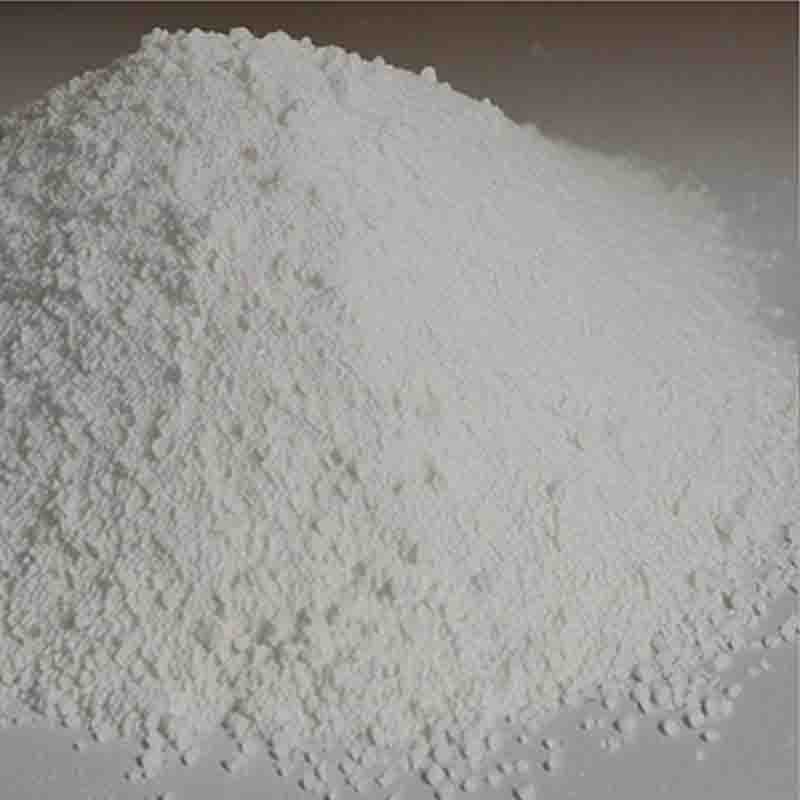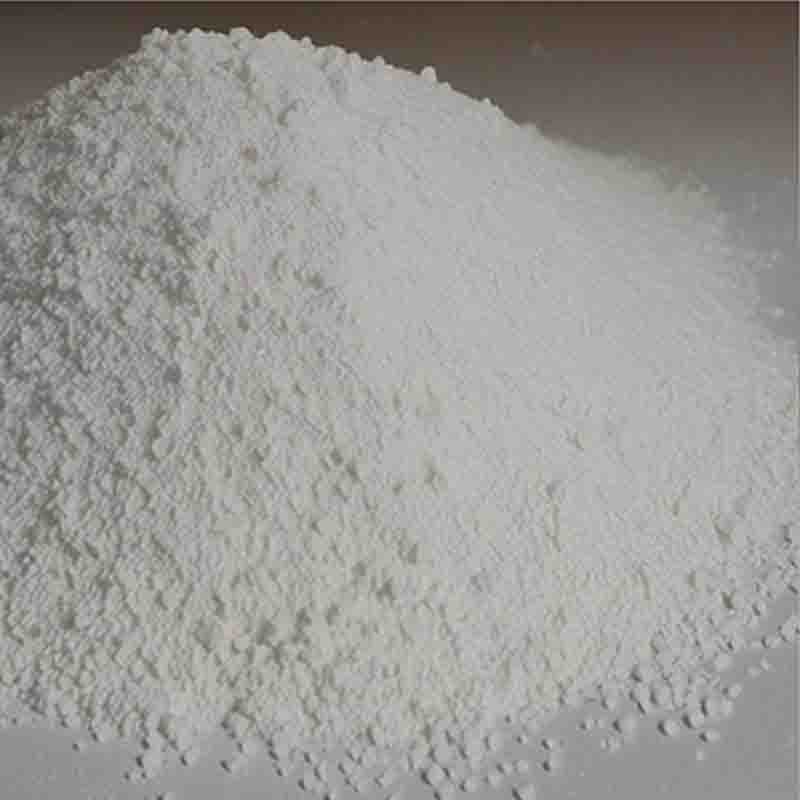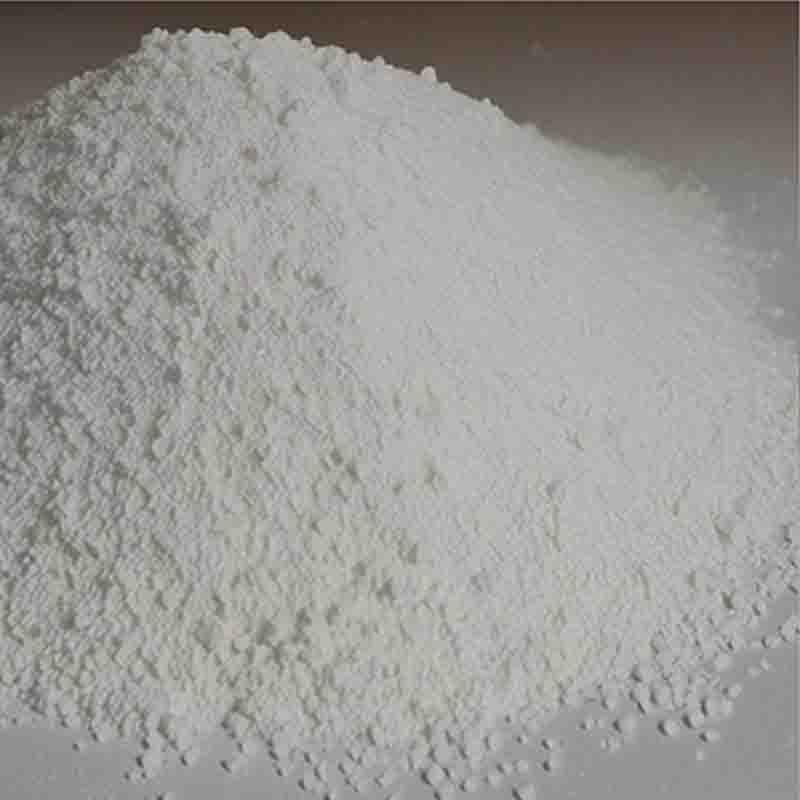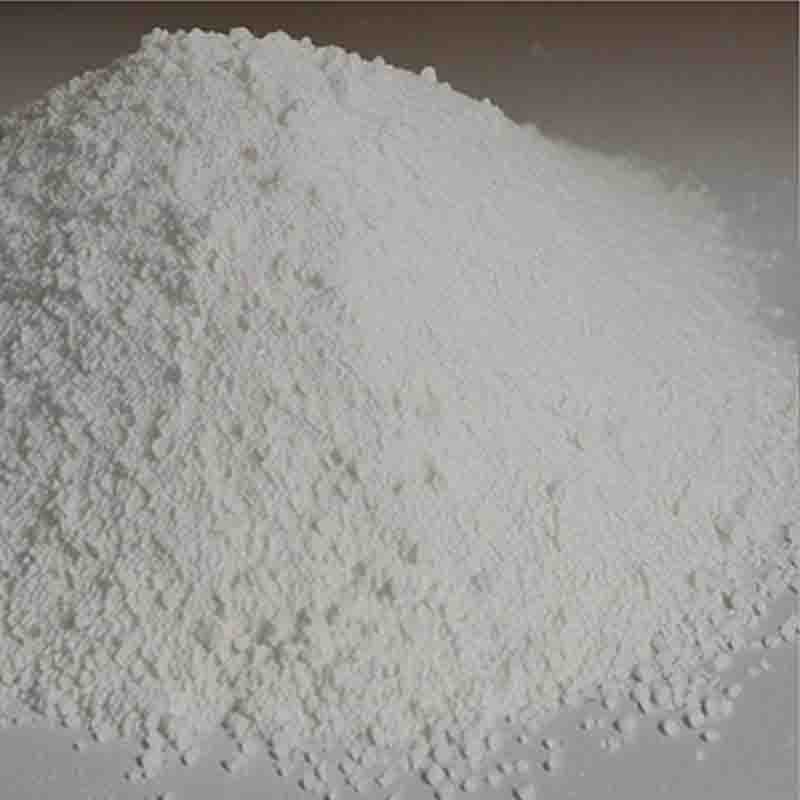2-Deoxy-2,2-difluoro-D-erythro-pentafuranous-1-ulose- CAS: 122111-01-7
| Catalog Number | XD94274 |
| Product Name | 2-Deoxy-2,2-difluoro-D-erythro-pentafuranous-1-ulose- |
| CAS | 122111-01-7 |
| Molecular Formula | C19H14F2O6 |
| Molecular Weight | 376.31 |
| Storage Details | Ambient |
Product Specification
| Appearance | White powder |
| Assay | 99% min |
2-Deoxy-2,2-difluoro-D-erythro-pentafuranous-1-ulose, commonly known as D-Fructose-2,6-diphosphate (F2,6P), is a derivative of fructose with important biochemical applications. F2,6P plays a crucial role in the regulation of glycolysis, glucose metabolism, and energy production in cells.One important use of F2,6P is in the regulation of glucose metabolism. It acts as an allosteric activator of the enzyme phosphofructokinase-1 (PFK-1), which is a key regulatory enzyme in glycolysis. F2,6P binds to PFK-1 and stimulates its activity, promoting the breakdown of glucose to produce energy. This activation of PFK-1 by F2,6P enhances the efficiency of glycolysis, enabling cells to generate ATP, the energy currency of the cell, more effectively.F2,6P also plays a role in regulating gluconeogenesis, the synthesis of glucose from non-carbohydrate sources such as amino acids. By inhibiting the enzyme fructose-1,6-bisphosphatase (FBPase-1), F2,6P helps to prevent the breakdown of fructose-1,6-bisphosphate (F1,6P), an intermediate in gluconeogenesis. This inhibition of FBPase-1 prevents the reversal of glycolysis and ensures that glycolytic intermediates are not converted back into glucose, thus promoting the production of ATP.In addition to its role in glucose metabolism, F2,6P has been studied for its potential therapeutic applications. Research has shown that F2,6P may have cardioprotective effects by improving glucose utilization and enhancing the efficiency of cardiac ATP production. It has also been explored for its potential in the treatment of cancer. High levels of F2,6P have been observed in cancer cells, and it is thought to contribute to the Warburg effect, a metabolic phenomenon where cancer cells rely heavily on glycolysis for energy production. Targeting F2,6P metabolism in cancer cells may offer a novel approach for cancer therapy.Furthermore, F2,6P has been investigated for its role in regulating insulin release from pancreatic beta cells. It has been suggested that F2,6P may modulate insulin release by affecting the glycolytic flux and ATP production in these cells, though further research is needed to fully understand its mechanism of action.In summary, D-Fructose-2,6-diphosphate (F2,6P) is a crucial regulator of glucose metabolism and energy production in cells. Its primary role is to stimulate glycolysis by activating PFK-1 and inhibiting FBPase-1. F2,6P has potential therapeutic applications in areas such as cardiovascular diseases and cancer therapy. Further research continues to explore the diverse functions and potential therapeutic uses of F2,6P in cellular metabolism and disease.





![2-[(2R)-2-hydroxy-3-{[4-(3-oxomorpholin-4-yl)phenyl]amino}propyl]-1H-isoindole-1,3(2H)-dione CAS: 446292-07-5](https://cdn.globalso.com/xdbiochems/白色粉末1043.jpg)



